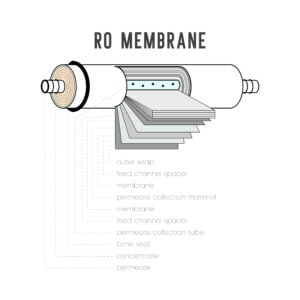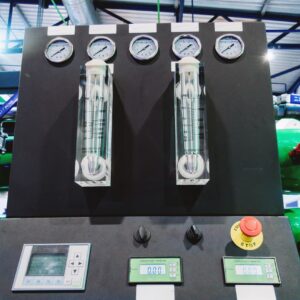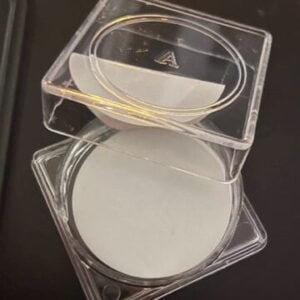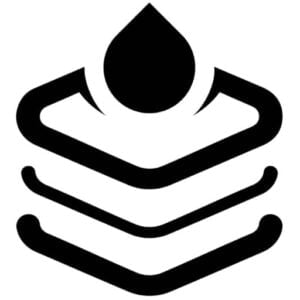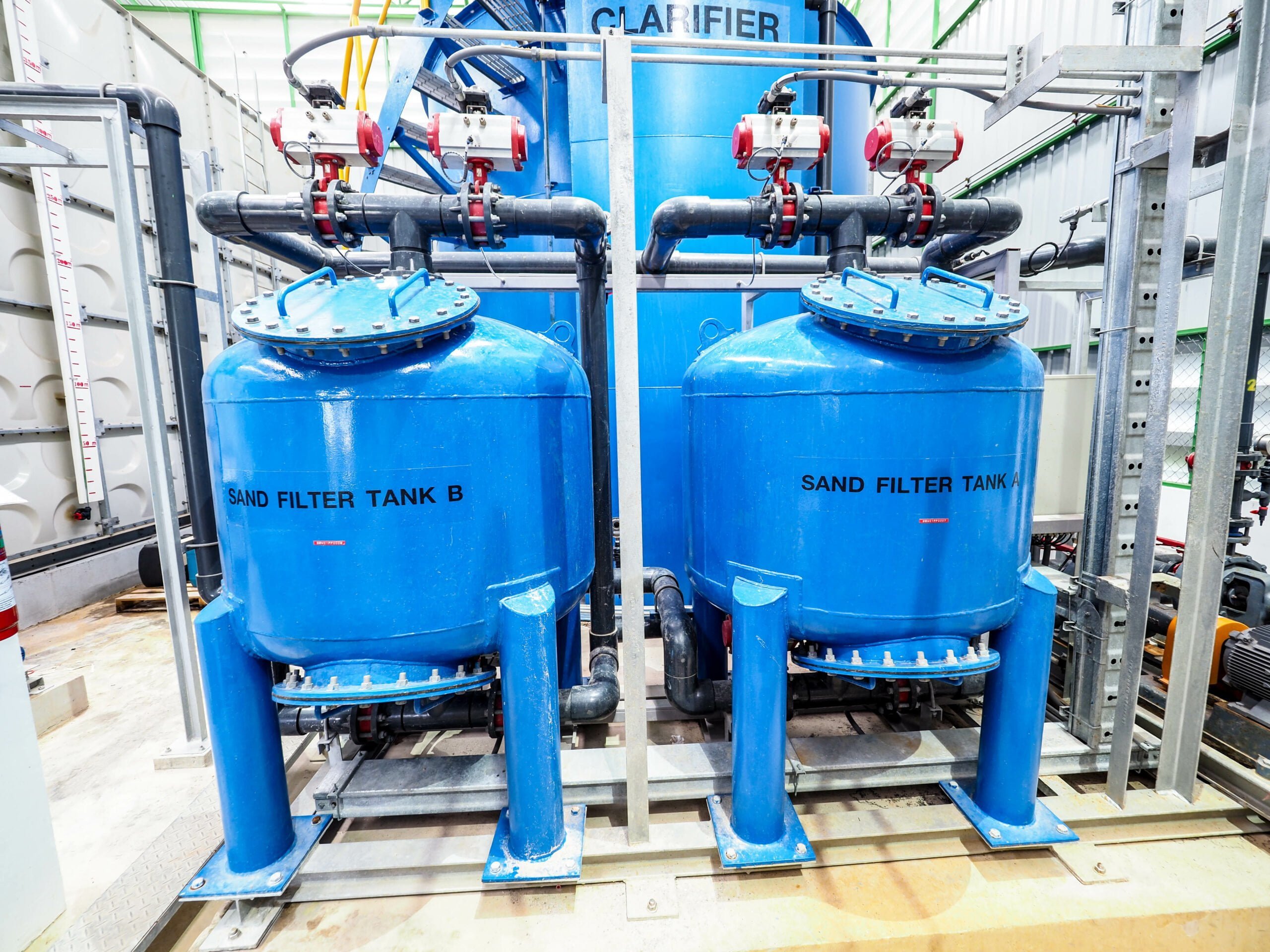
Combatting Fouling in Reverse Osmosis Systems: Strategies for Choosing Pre-Treatment for High Fouling Water Sources
SDI (Silt Density Index) is a measure of the level of particulate matter in a water sample, and an SDI value of over 5 indicates that the water contains high levels of suspended solids, which can cause fouling and scaling of reverse osmosis (RO) membranes. To address this issue, there are several treatments that can be used to lower the SDI of the water before it enters the RO system. Here are some options:
- Pre-filtration: One of the most common methods of reducing SDI is through pre-filtration. This involves using a sediment filter or a multimedia filter to remove larger particles and suspended solids from the water. Depending on the level of SDI, a series of filters with decreasing micron ratings may be needed.
- Coagulation and flocculation: In some cases, coagulants and flocculants can be added to the water to help the suspended solids come together and form larger particles, which can then be more easily removed by filtration.
- Chlorination or oxidation: If the suspended solids in the water are organic in nature, they can be oxidized using chemicals such as chlorine or hydrogen peroxide. This can help to break them down into smaller particles that can be removed by filtration.
- pH adjustment: Sometimes, adjusting the pH of the water can help to reduce the level of suspended solids. This is because changing the pH can cause the suspended solids to either precipitate out of the water or become more easily removed by filtration.
It is important to note that the specific treatment options used will depend on the nature of the suspended solids in the water, as well as the composition of the water itself. A water treatment specialist can help determine the best treatment strategy for a given situation.

